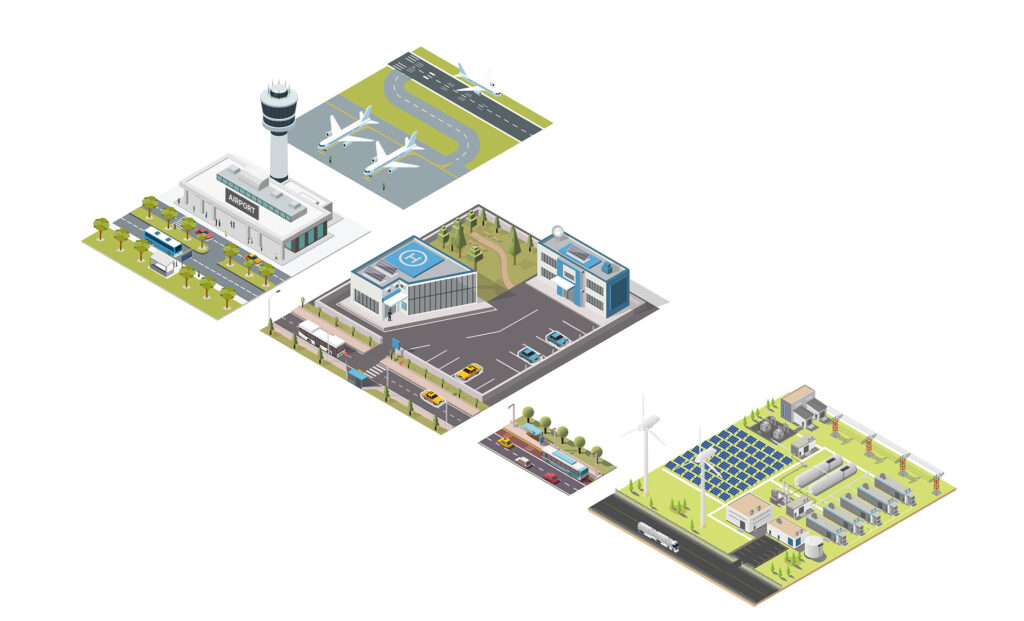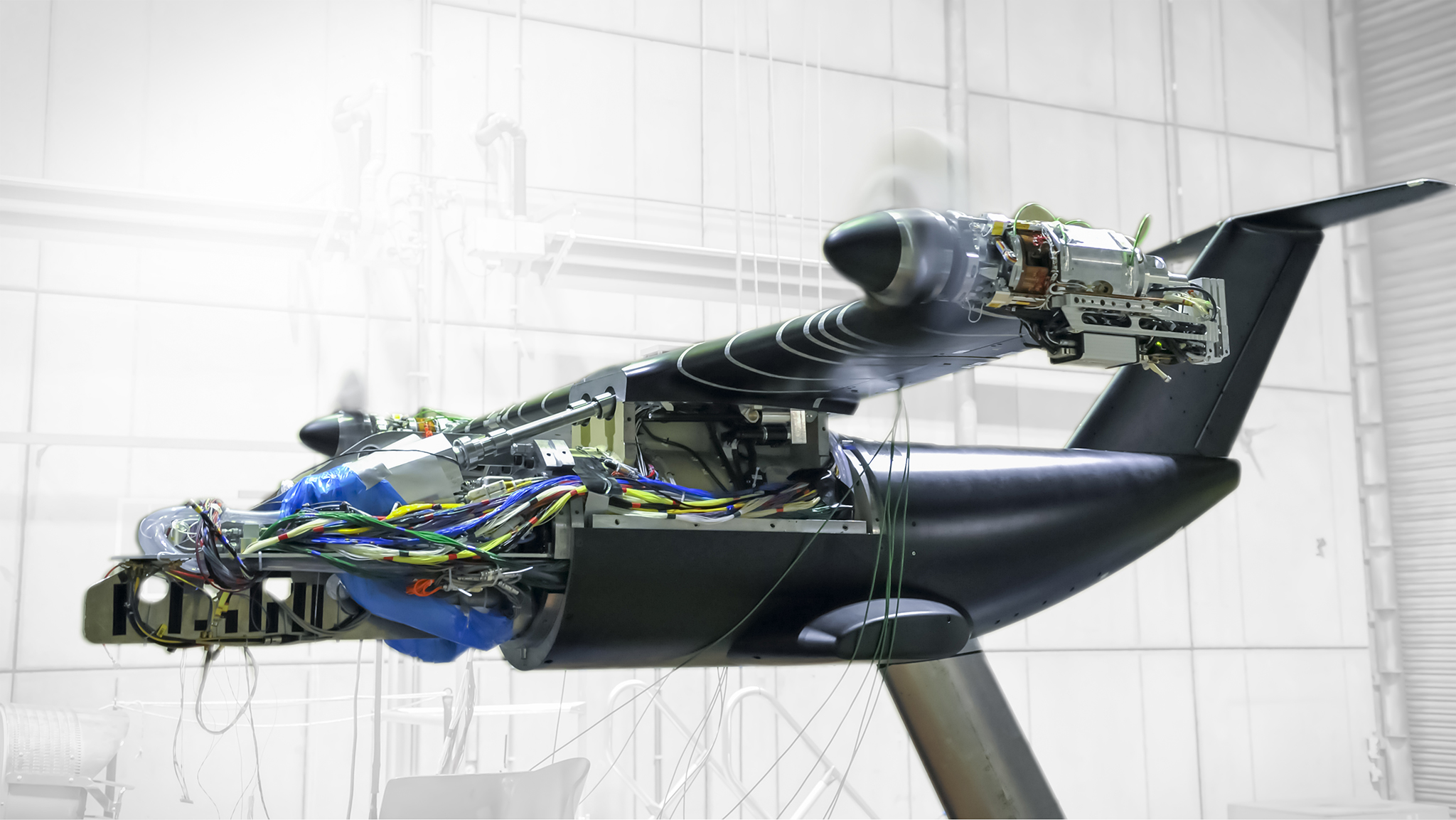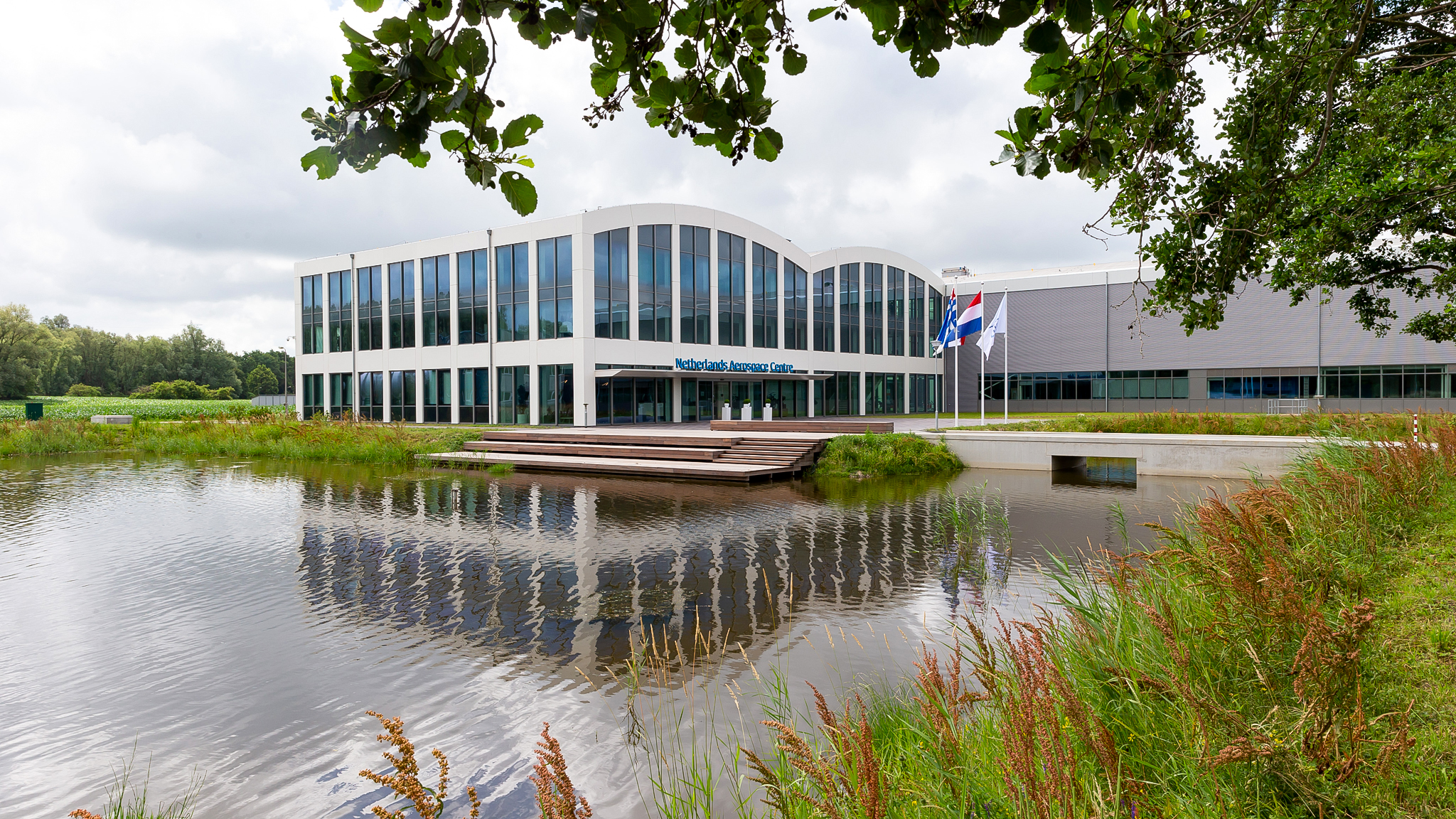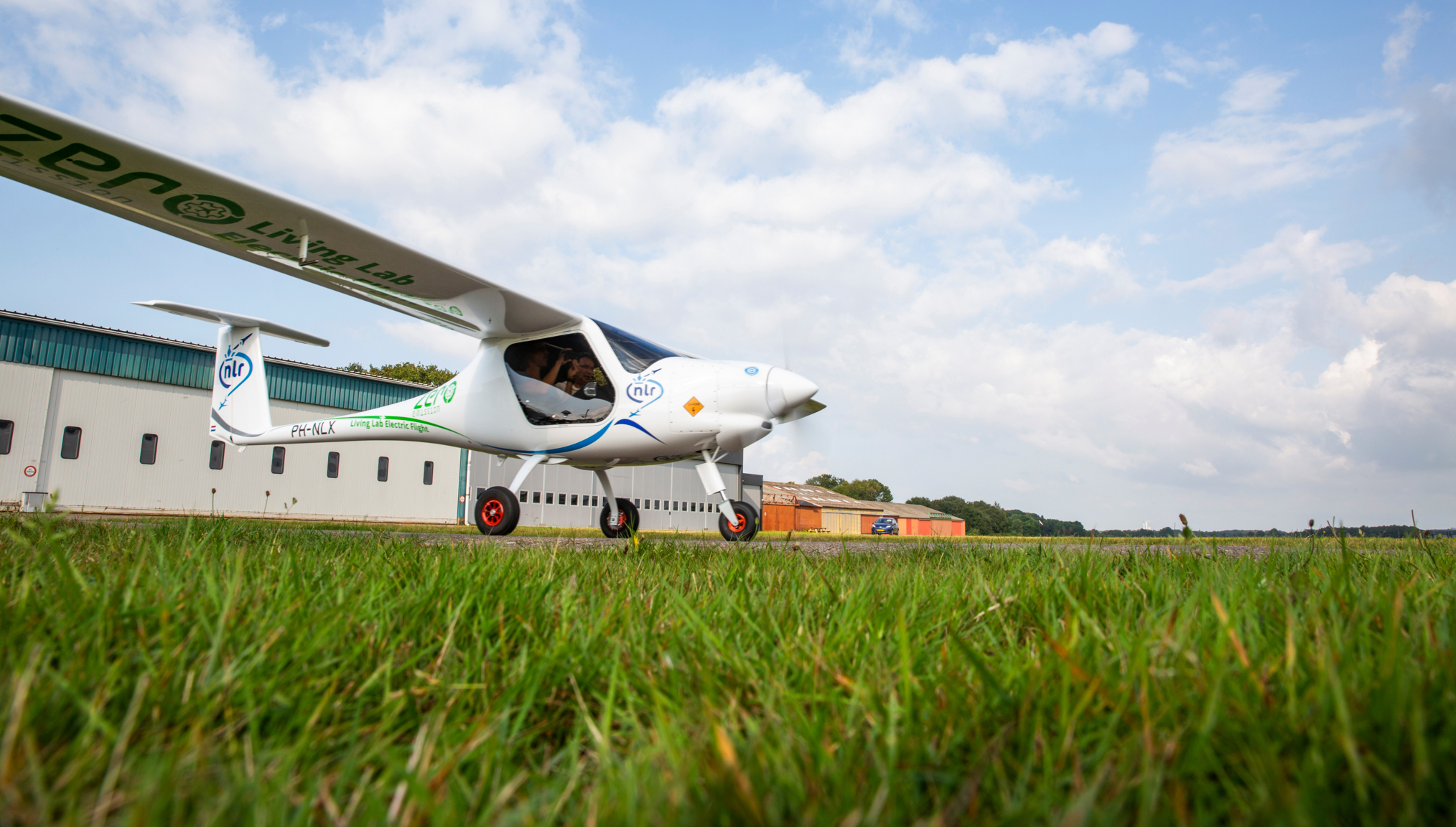
Area of expertise
Sustainability and Environment
Aircraft transport goods and connect people all over the world. Aviation therefore plays an important role in our lives. At the same time, aviation causes noise pollution and their greenhouse gas emissions contribute to global warming. By 2050, the aviation industry must meet the Dutch and European climate objectives and the United Nations Sustainable Development Goals. Sustainability and the Environment is therefore a very important area of research for NLR. We focus on three areas of knowledge: Sustainability, Noise and Emissions. Together with universities, other knowledge institutions, companies and the government, we develop solutions that make aviation cleaner and quieter.
Outline of the research
Sustainability
We study the climate impact of aviation, policy measures to reduce the negative climate impact of aviation, and developments to move towards a circular aviation system. To this end, we create and use calculation and measurement methods, calculation and measurement tools and reporting tools.
Noise
We conduct research into aircraft noise and how this can lead to (health) complaints. We also create and use calculation and measurement methods, calculation and measurement tools and reporting tools for this purpose.
Emissions
And last but not least, we study the extent and distribution of aircraft emissions and the (health) complaints they can cause. This concerns substances whose effects on air quality are known (such as particulate matter, sulphur oxides and nitrogen oxides) as well as substances whose effects have not yet been properly identified (such as ultrafine particles and volatile organic compounds). All this in line with developments in national and European regulations.
Some of our projects
AIRMOD
The AIRMOD project is developing the fifth edition of the European noise calculation method for airports (ECAC Doc.29). The new edition will feature a major update of the flight mechanics model, aimed at modernising this component and providing more detailed specifications to harmonize the various implementations across Europe. By the end of 2023, significant progress has already been made with the update of the atmospheric model and performance calculations for departing traffic. Additionally, work has begun on developing the component for arriving traffic.
AIRMOD stands for ‘Aerospace Innovative Research and Modular Optimisation Demonstrator’.
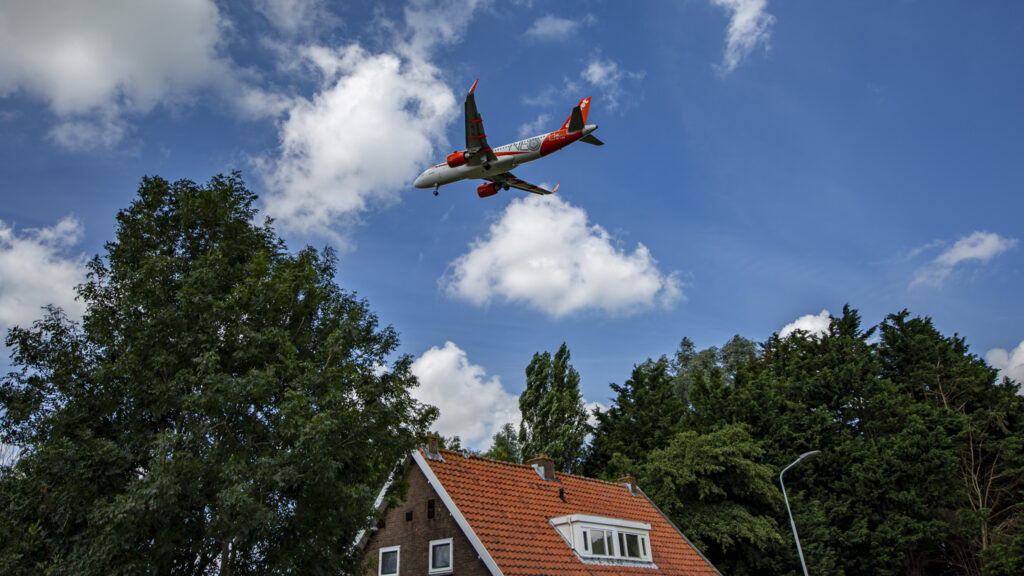
Aviation and climate: contrails
As part of our work on contrails, we have developed a model that has been outlined in a number of concept reports. The final report is currently being prepared. Our emissions tool has been enhanced to calculate the climate impact of flights based on actual and alternative flight routes (for individual flights). This includes emissions of CO2, water vapour (H2O), nitrogen oxides (NOx), and contrails. Our tool uses BADA3 performance tables for aircraft and ERA5 weather data for precise weather simulations. Furthermore, climate functions (aCCF’s) developed by DLR and TU Delft for Jet-A1 fuel have been incorporated into our tool.
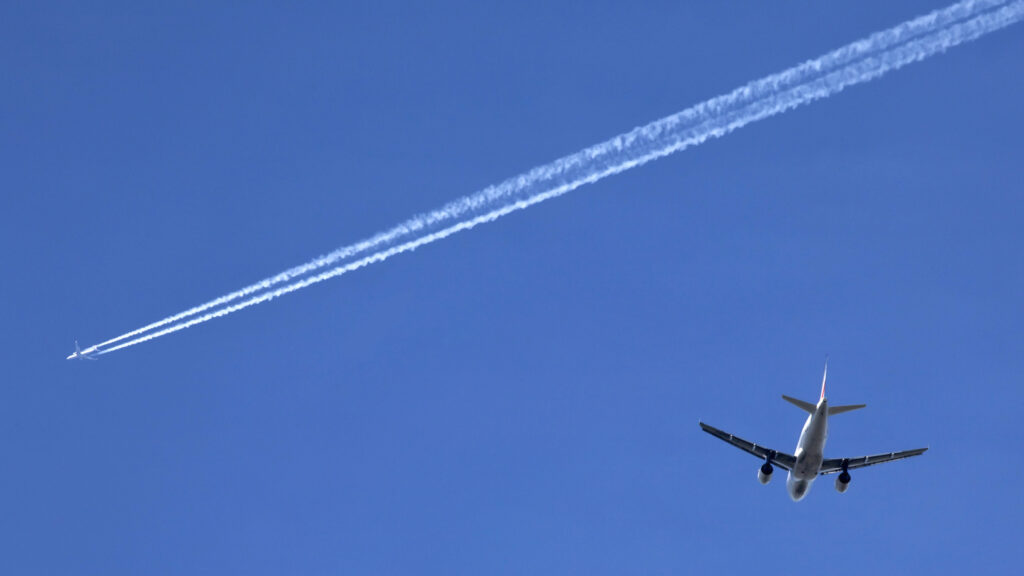
Literature review Sustainable Aviation Fuel (SAF)
The objective of this research is to map the differences in emissions between different types of Sustainable Aviation Fuel (SAF) and traditional kerosene. This includes analysing emissions from the moment the fuel is tanked to the moment it is burned (Tank-to-Wake). By conducting a literature review, we establish the scientific consensus on the differences in emissions between SAF and traditional kerosene after combustion. The findings are then presented in a report that also outlines the implications for climate change and air quality.

Sustainable airport operations
A more advanced and detailed forecast model has been developed to enable more accurate calculations of fuel consumption. The model can now also be applied to larger databases for EU-wide applications. In addition, an inventory has been made of the specific questions that still require further research regarding sustainable aviation operations. These questions relate to the effects of hybrid-electric, electric and hydrogen-powered aircraft on the fuel infrastructure on landside, including financial aspects and safety. The effects of hydrogen on airside operations are also being investigated. Furthermore, the future demand for hydrogen and electricity at airports is being examined, as well as the necessary step-by-step plans to facilitate this.
